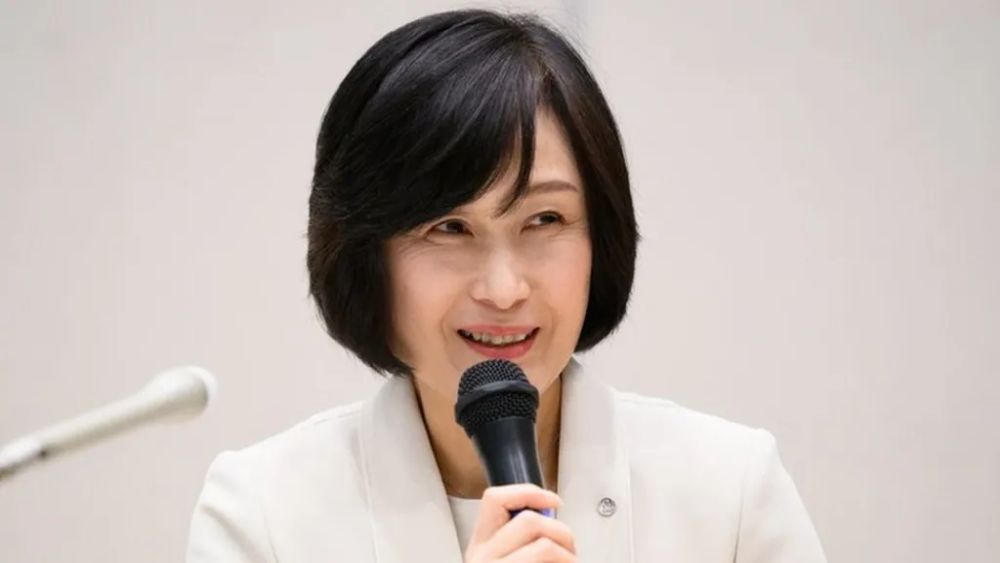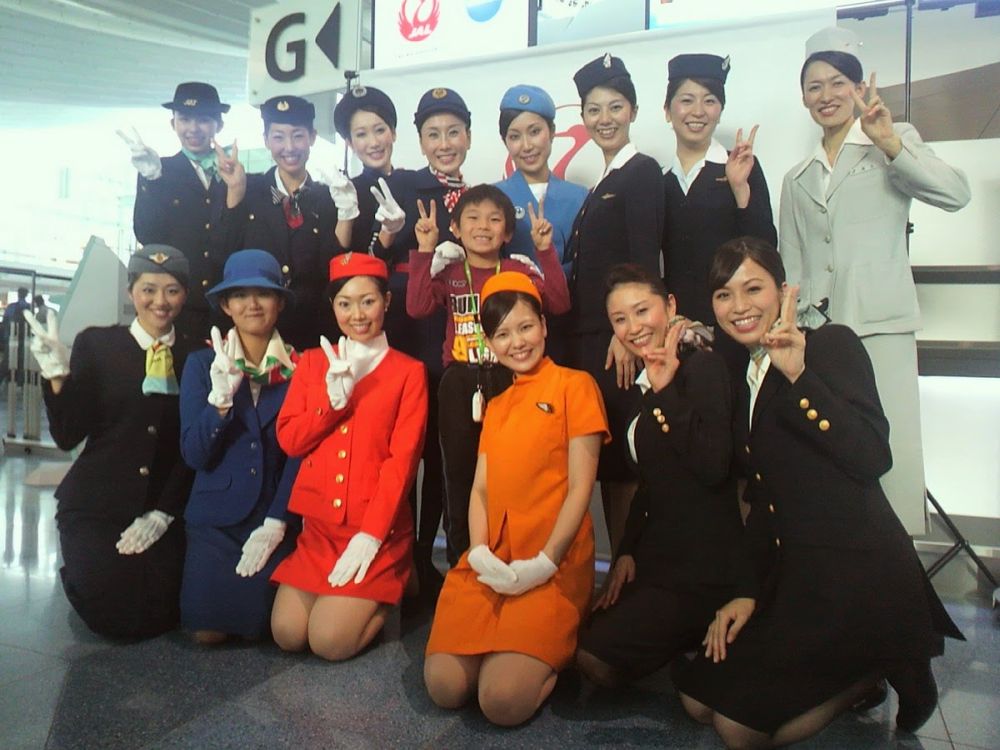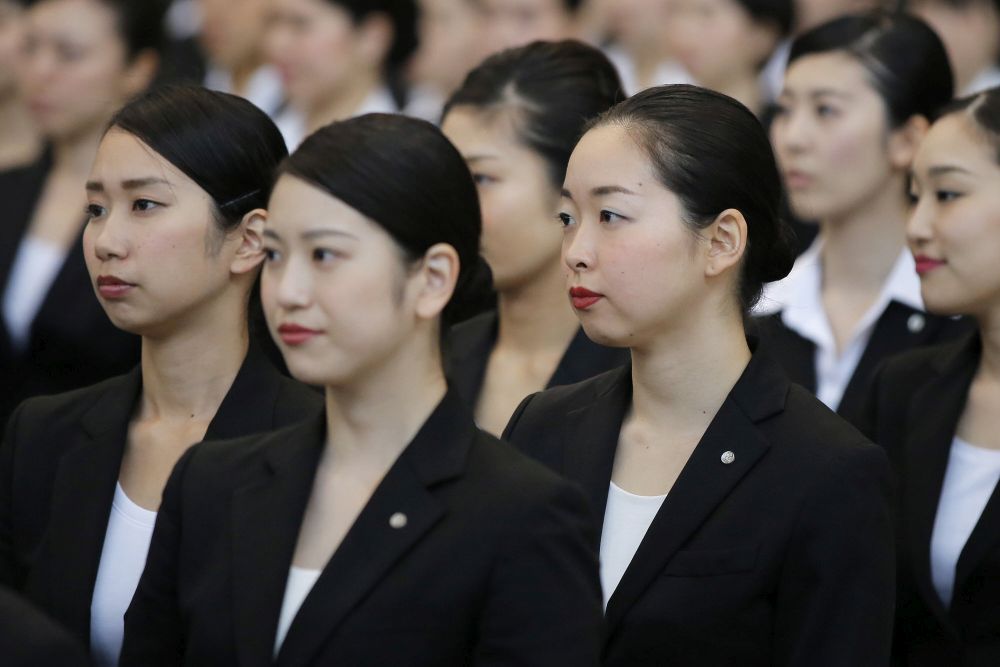Japan Airlines (JAL) made headlines earlier this year with the appointment of Mitsuko Tottori as its new CEO. Ms. Tottori’s accomplishment is significant not only because she is the first woman to lead the company, but also because she began her career as a flight attendant. Her rise through the ranks challenges the traditional corporate hierarchy in Japan, where women have historically faced significant barriers to advancement.

An Unconventional Path to Leadership. Ms. Tottori’s journey stands in stark contrast to the typical background of JAL’s past CEOs. Traditionally, these positions were filled by men who graduated from elite universities and followed a prescribed career path. Ms. Tottori, on the other hand, attended a women’s junior college and entered the workforce as a flight attendant. This unconventional path highlights the changing landscape of Japanese corporations, where talent and experience are increasingly valued over pedigree.

JAL’s Transformation and The Inamori Effect. Ms. Tottori’s ascension to the top role is also a testament to JAL’s significant transformation in recent years. The company filed for bankruptcy in 2010, forcing a major restructuring. This included promoting individuals from operational positions, like Ms. Tottori, rather than those on the bureaucratic track. This shift was largely influenced by Kazuo Inamori, the company’s savior, who believed JAL had become arrogant and prioritized restructuring leadership to prioritize customer focus.

A Beacon of Hope for Women in Business. The Japanese government has actively pursued increasing the number of women in leadership roles for nearly a decade. Ms. Tottori’s appointment serves as a beacon of hope, not just for JAL, but for women across Japan. Her success story demonstrates that women can reach the highest levels of corporate leadership, and it can inspire them to pursue their ambitions without fear.

Looking Ahead: Challenges and Opportunities. While Ms. Tottori’s appointment is a positive step, challenges remain. As she acknowledges, cultural mindsets need to evolve alongside policies to create a truly conducive environment for women’s leadership. However, her presence as CEO paves the way for a more inclusive future at JAL and sets a powerful example for the entire Japanese business world. Ms. Tottori’s story is not just about breaking a glass ceiling; it’s about rewriting the narrative of what leadership looks like at JAL and beyond.

